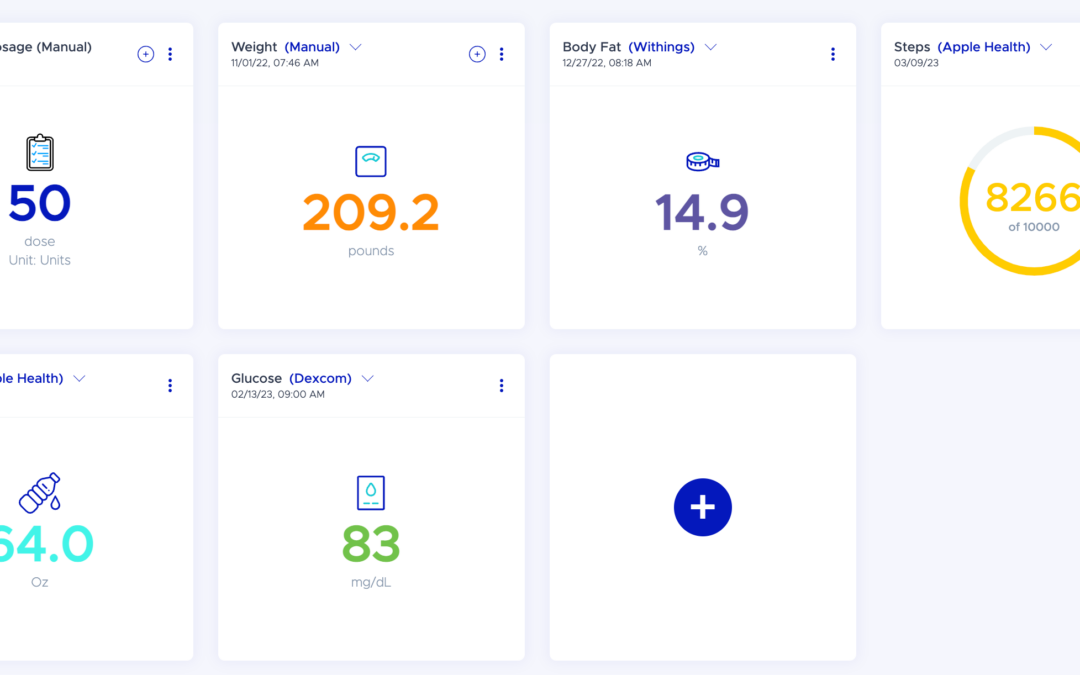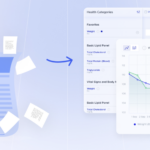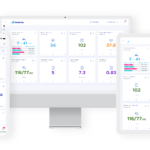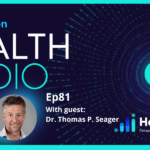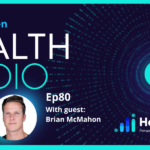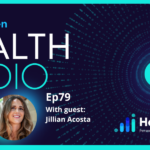Introduction
It’s well-known that obesity is rampant worldwide, causing an ever-worsening health crisis. As healthcare professionals search for the most effective weight loss solutions for their patients, a group of medications known as glucagon-like peptide-1 (GLP-1) receptor agonists are gaining more attention for their potential benefits. Doctors are increasingly prescribing these medications, like Semaglutide, in combination with innovative tools such as Heads Up to track, analyze, and improve patients’ weight loss outcomes.
In this blog post, we will discuss how doctors are using Semaglutide and other GLP-1s for weight loss, and how integrating tools like Heads Up help optimize results for patients.
What are GLP-1 Receptor Agonists and How Do They Work?
GLP-1 receptor agonists are a class of injectable medications used in the treatment of type 2 diabetes. They work by mimicking the action of the naturally occurring hormone, glucagon-like peptide-1, which helps in regulating glucose levels. When GLP-1 receptor agonists bind to GLP-1 receptors, they stimulate insulin release from the pancreas in response to high blood sugar levels.
Several GLP-1 receptor agonists, including Semaglutide, Liraglutide, Exenatide, and Dulaglutide, have been shown to aid in weight loss. These medications work by:
1. Slowing down gastric emptying, which results in an increased feeling of fullness.
2. Reducing appetite and caloric intake by affecting the hunger and satiety centers in the brain.
3. Increasing glucose-dependent insulin secretion, leading to improved insulin sensitivity and blood sugar control.
Although originally developed to treat diabetes, GLP-1 receptor agonists have been found to be an effective treatment for weight loss in both diabetic and non-diabetic patients.
Semaglutide for Weight Loss
Semaglutide, a once-weekly injectable GLP-1 receptor agonist, has gained attention for its effectiveness in promoting weight loss. Semaglutide was approved by the FDA for weight loss in 2021 under the brand name Wegovy. Several studies have demonstrated significant reductions in body weight and improvements in cardiometabolic risk factors for patients treated with Semaglutide compared to those treated with placebo.
For example, a recent study published in the New England Journal of Medicine found that adults with high body weight, with or without type 2 diabetes, were able to achieve, on average, a 14.9% reduction in body weight in just 68 weeks when treated with a high dose of Semaglutide. These results were accompanied by improvements in blood pressure, lipid levels, and glycemic control.
Integrating Tools Like Heads Up
While GLP-1 receptor agonists show promise in promoting weight loss, healthcare professionals emphasize the importance of a holistic approach that includes tracking, analyzing, and improving various health parameters, not just weight on the scale. One such tool that is being increasingly adopted by doctors to enhance weight loss outcomes is Heads Up.
What is Heads Up?
Heads Up is a digital health platform that helps individuals and healthcare professionals access, analyze, and monitor all health data in one place. The platform is compatible with a wide range of devices and applications, making it easy to track your health and wellness goals in near real-time.
How Heads Up Enhances Weight Loss Outcomes
By incorporating the Heads Up platform, doctors can help their patients on Semaglutide and other GLP-1 receptor agonists to achieve better weight loss results.
Here’s how:
1. **Integrated Health Tracking:** Heads Up allows the integration of data from various sources, including electronic health records, wearable devices like fitness trackers, and lab results. This comprehensive approach helps doctors monitor progress better and adjust treatment plans as needed.
2. **Personalized Data Analysis:** The Heads Up platform provides granular targeting and personalized data analysis, enabling healthcare providers to identify patterns and correlations that might be affecting their patients’ weight loss efforts.
3. **Empowering Patients:** Through Heads Up, patients can access, track, and understand their health data easily. This empowers them to take a more active role in their weight loss journey, leading to better adherence to treatment plans and improved outcomes.
4. **Collaborative Care:** With the ability to share and access all relevant health data, patients and healthcare providers can collaborate more effectively to adjust and optimize weight loss strategies, making necessary changes to diet, exercise, and medication usage as needed.
5. **Setting and Achieving Goals:** Heads Up’s robust platform allows patients and doctors to set personalized health goals based on informed insights from their collected data. By monitoring and analyzing health metrics, they can work together to achieve those goals and ensure long-lasting, successful weight loss.
Conclusion: A More Holistic Approach to Weight Loss
The increasing use of GLP-1 receptor agonists like Semaglutide among healthcare professionals has opened a promising new avenue for effective weight loss treatments. However, it’s important to remember that successful, sustainable weight loss is best achieved through a comprehensive approach that includes monitoring and analyzing various health parameters.
By integrating innovative tools like Heads Up with medications such as Semaglutide and other GLP-1 receptor agonists, doctors can provide a more well-rounded, personalized treatment plan for their patients. This holistic method not only promotes successful weight loss but also fosters improved health outcomes and quality of life for patients struggling with obesity.
With continuous advancements in medical and digital health technologies, we can be hopeful that the future of weight loss management is more effective, personalized, and empowering for both healthcare professionals and patients alike.
Would you like to learn more?
Register for the free Semaglutide Weight Loss Plus GLP-1’s Medical Educational Training.
